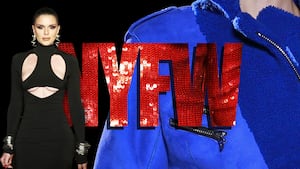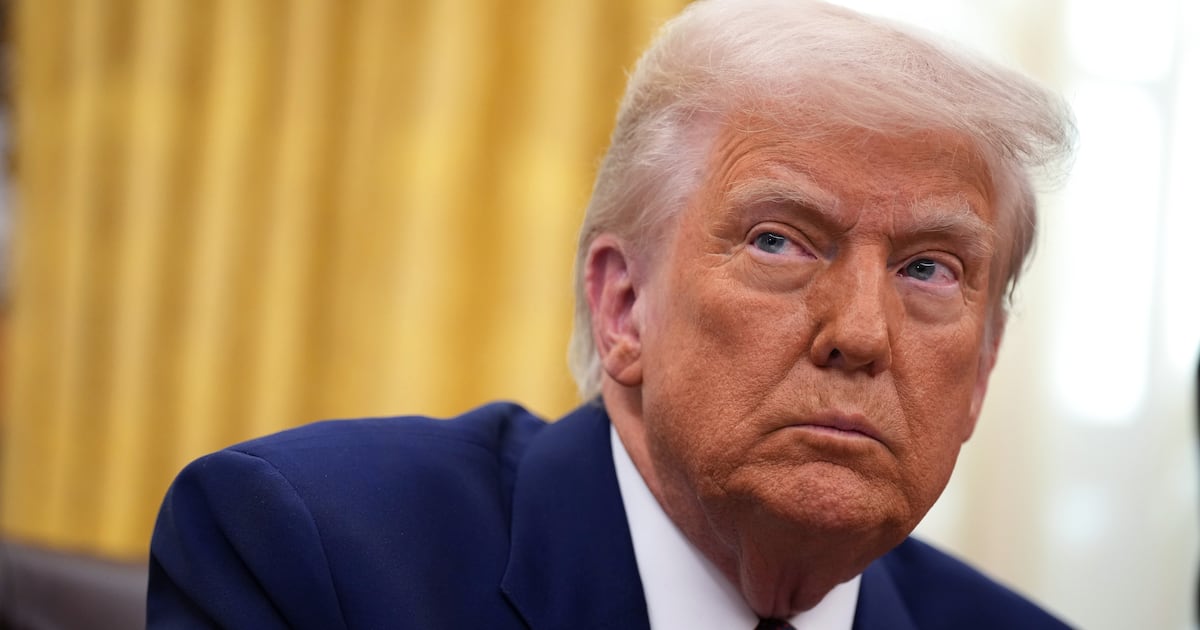There comes a turning point in who gets to set the next trends and dominate the front rows of New York Fashion Week. For decades, it was the esteemed editors of top fashion magazines. Eventually, top department store buyers and stylists joined them.
With the acceleration of the internet came the birth of the fashion blogger, with top fashion bloggers, like Bryan Boy and Chiara Ferragni, joining the esteemed ranks of the fashion industry elite on the front rows of Fashion Week. The era of the blogger evolved into the era of the Instagram influencer as Instagram took over as a top social media platform. Instagram also became the preferred social media platform of the fashion industry as it is a highly visual medium. Fashion, of course, is all about visuals.
Now, with the next decade comes the next generation of influencers, and TikTok is in a rivalry with Instagram for who will claim the status over the fashion industry’s preferred social media platform. This war is glaringly in evidence at Fashion Month—as the front rows and who the brands are courting are changing.
The Small Business Blog did a study that showed some of the pros and cons between Instagram and TikTok that brands should think about. TikTok proves to have the best average session length compared to other social media applications.
American TikTok users open the app more than 8 times a day. 13.15 percent of 3.8 billion social media users use Instagram daily, and 11.01 percent of 4.54 billion internet users worldwide access Instagram daily. Instagram also has 1.3 billion users to TikTok’s 1 billion, but in 2021 TikTok had 745 million downloads to Instagram’s 545 million. Still, 89 percent of marketing professionals prefer Instagram over TikTok for digital marketing.
Brands, like Coach, love courting the next generation of top trending influencers. TikTok star and model Wisdom Kaye has been seen front row at New York Fashion Week at Coach’s show. He’s also been known to receive lavish gifts from designers, like Rick Owens, who want to see him wear their clothes at Fashion Week events.
On the other hand, brands like Nicole Miller who are more tuned into the millennial and up crowd, historically prefer Instagram influencers, like Christina Caradona, in their front rows.
Gen Z model and influencer Cole Etgen, who has both attended and modeled at New York Fashion Week, boasts 70,000 followers on Instagram and over 468,000 on TikTok. While he has a sizable TikTok following, he finds brands he’s worked with court him more on Instagram. “Instagram is the first fashion platform, so people on there take fashion more seriously,” he said. “On TikTok, if you’re perceived as attractive and have fashionable clothes on TikTok you do well. On Instagram, people are less concerned with being perceived as attractive, and there’s more of a focus on the actual fashion.”
Other influencers, like Martin Soto who boasts 244,000 followers on TikTok, find that brands court them more through that platform. Some brands see TikTok as a more authentic and less curated platform.
“TikTok is better for brands because there is more authenticity on the app,” he said. “Brands can share their products in unique ways. One example is the narration aspect of TikTok, where videos can show how a company starts its day. There’s also the ability to share video footage from behind-the-scenes at things like Fashion Week, and videos can use trending sounds on TikTok to fit their content.”
Some of Soto’s sentiments were also shared by Justin Kline, co-founder of influencer agency Markerly, in an interview with Forbes. “When looking at brands, Reels received higher engagements and we speculate that’s due to the presences they’ve established and cultivated for significantly longer than on TikTok,” he said. “TikTok made its name on authentic, fun, and creative content led by real people, so it’s no surprise that individual users still win out against brands on the app—TikTokers come to see dance challenges, songs, and pranks, not overtly branded content.”
Instagram is a far more curated problem with images edited to certain standards, and the platform only just shifted its focus to its video component Reels to compete with TikTok. While Instagram might still reign strong as a fashion platform, the need for something less curated to connect with consumers, like TikTok, is something designers and executives are recognizing. (Both Instagram and TikTok did not immediately reply to The Daily Beast’s requests for comment.)
“If we’re looking at it from a business perspective, and just pure economics and eyeballs, I just don’t see how a creator can continue with just posting in [Instagram] feed,” said Vanessa Flaherty, president of influencer management company Digital Brand Architects, to Business of Fashion. “It’s sort of a dying breed at this point.”
Fashion designer Adam Dalton Blake who has shown at New York Fashion Week in the past, told The Daily Beast, “I’ve found that TikTok has more eyes on it now, and I have received far more orders from TikTok than I have Instagram. I certainly don’t get the same amount of interaction I used to on Instagram, and I prefer TikTok now because it’s more fun and creative.”
The seating assignments at New York Fashion Week are also seeing a reboot. Last season, the TikTok account @nyctrends posted several videos of front-row guests arriving at shows like Tory Burch and Collina Strada. There were the occasional comments on the video of “Who is that?” regarding guests. Many of them were rising or current TikTok stars.
Influencers who made big names for themselves on Instagram have managed to translate their success to TikTok moving on to the next thing. Bryan Boy now boasts 3.9 million followers on TikTok where we see brands court him with gifts like designer bags. Fashion editor and stylist Caroline Vazzana, who boasts 335,000 Instagram followers but over 550,000 on TikTok, is well known for “Get Ready With Me” videos where she shows people how she gets ready for Fashion Week in her Carrie Bradshaw-inspired outfits gifted or loaned from the brands.
Certain brands also tend to court Instagram influencers over TikTok influencers and vice versa. In February 2020, before TikTok gained more popularity, the app partnered with IMG, the producers of New York Fashion Week: The Shows, and sent three TikTok influencers to cover shows including Tory Burch, Alice + Olivia, Rag & Bone, e1972 and Zadig & Voltaire. This opened these brands up to the world of Gen Z.
On the other hand, that same season, Instagram sent two stars from Netflix’s show Cheer, namely Lexi Brumback and Gabi Butler, to be part of backstage footage and to capture them in various front rows.
The Instagram vs. TikTok war will eventually be won out by two things: visibility and who is helping brands generate a return on investment. Instagram currently has the larger audience, but TikTok is outpacing the platform in terms of new users. Currently, most social media metrics include a total sum of all channels including Instagram, Facebook, TikTok, and Twitter, so it’s hard to tell in terms of engagement where one is outperforming the other.
However, as brands look to individual influencer metrics to see where their best return on investment is, there will eventually be a clear winner. Until then, the battle between Instagram and TikTok carries on.








